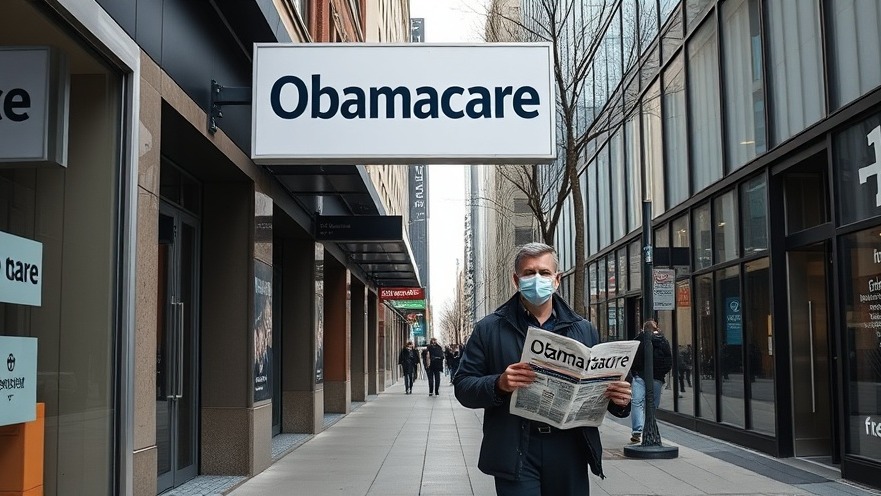
Redefining Provider Engagement Through Workflow Integration
The healthcare industry finds itself at a crucial juncture, with provider engagement moving from a secondary concern to a pivotal element for success. This evolution necessitates a reassessment of traditional practices, especially considering the challenges posed by fragmented systems and the overwhelming administrative burdens. According to recent data, providers dedicate approximately 28 hours weekly to administrative tasks—time that could be better spent in direct patient care. This inefficiency not only drains resources but also leads to burnout among healthcare professionals, with 62% of physicians citing administrative overload as a major factor in why they leave the profession. To thrive, the health industry must embrace workflow integration as a solution to these pressing issues.
The Hidden Costs of Workflow Inefficiencies
Workflow inefficiencies cost more than just lost hours. In a sector marked by high stakes, bottlenecks in payer-provider communication can hinder timely decision-making about patient care. A staggering 80% of U.S. clinicians avoid accessing payer insights due to the cumbersome logins and disconnected platforms required. As a result, critical opportunities for addressing care gaps go unrecognized, placing patient health in jeopardy. Integrating workflows presents a chance to eliminate these inefficiencies, connecting physicians with essential information immediately whenever it is needed.
Embracing Integrated Workflows
Imagine a healthcare system where real-time insights are embedded directly into providers' daily routines, eliminating the need for cumbersome administrative processes. This is the future that workflow integration promises. By streamlining data exchange, claims processing, and care management, providers can quickly receive notifications about care gaps and payer guidance, without the need for repetitive manual tasks. This model not only enhances provider engagement but also ensures better patient outcomes through timely interventions.
Blueprint for Collaboration Moving Forward
Healthcare organizations aiming to bridge gaps between payers and providers can adopt a proactive approach towards workflow integration. By enhancing electronic health record (EHR) integrations and utilizing advanced technologies like AI-assisted insights, organizations can facilitate smoother transitions in patient care. Bidirectional data exchange creates a dynamic environment favorable for collaboration, enabling healthcare entities to work more effectively and efficiently together.
Future Insights and Predictions in Provider Engagement
As health technology continues to advance, the industry must adapt to evolving methods of communication and support. With artificial intelligence and machine learning capabilities progressing rapidly, we can expect innovations that will further integrate healthcare systems and improve provider engagement. Future trends should lean towards enhanced user experiences for both healthcare providers and patients, ensuring that technology enhances rather than impedes caregiving.
The Human Impact of Effective Engagement
Ultimately, the shift toward effective provider engagement via integrated workflows translates into real, human benefits. Happy, well-supported healthcare professionals are likely to deliver better patient care, leading to improved satisfaction on both ends. By understanding the value of provider engagement, healthcare organizations enrich the lives of their patients while fostering a sustainable work environment for their providers.
Discover the Path to Optimal Health and Wellness
As the healthcare landscape continues to evolve, understanding effective workflow integration can empower not only the providers but also the patients they serve. Staying informed about these shifts can assist patients in making educated decisions about their care and expecting the best from their health and wellness journey. For those interested in exploring more about health and wellness events and resources in San Antonio—and how they align with these industry advancements—there are various community health and wellness opportunities available to aid individuals in achieving optimal health.
 Add Element
Add Element  Add Row
Add Row 



Write A Comment